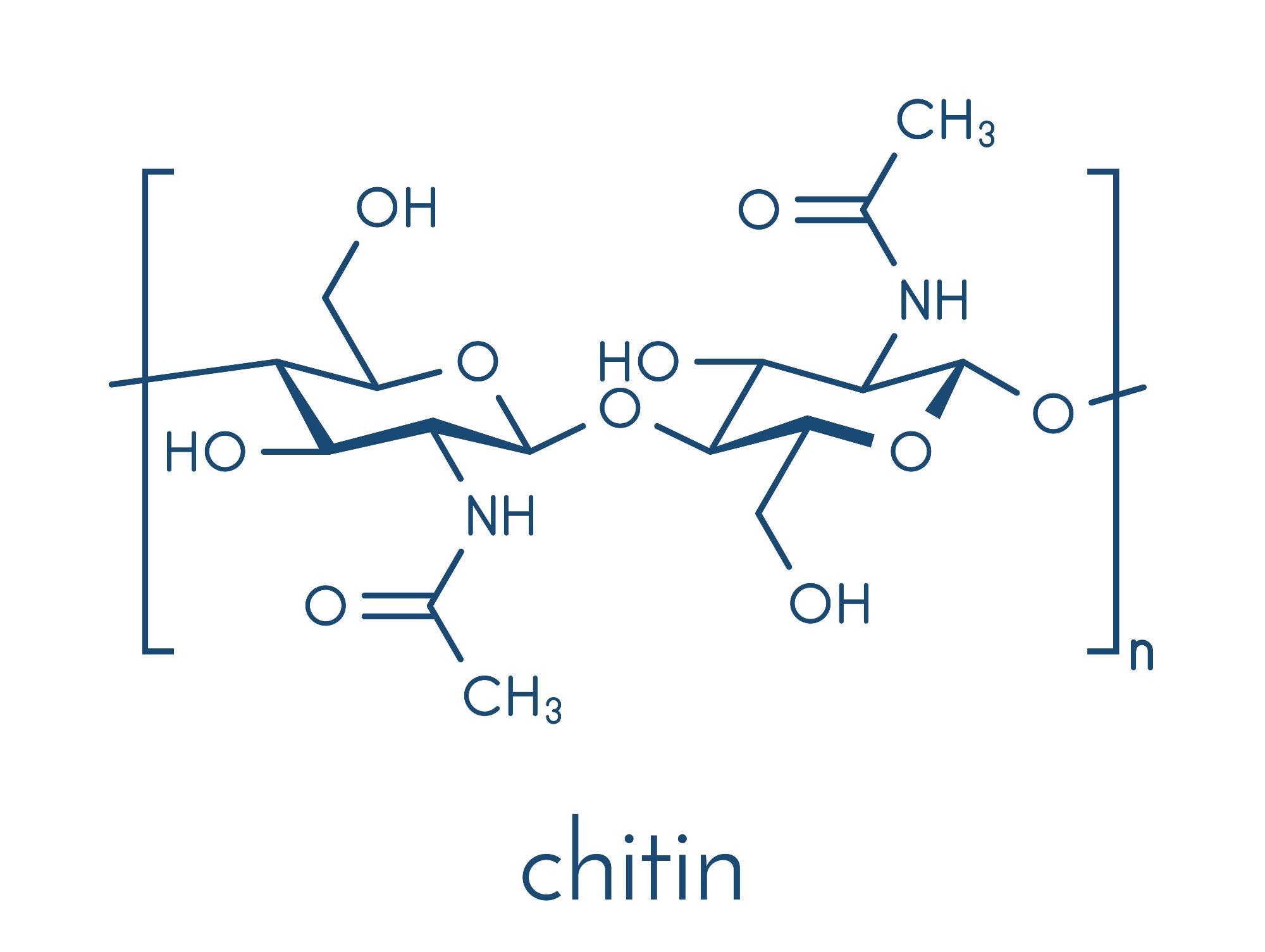In a recent study published in an open-access journal Green Chemical Engineering, researchers developed a carbon dioxide (CO2) absorbing composite material made up of pentaethylenehexamine (PEHA) and fibrous carbon microspheres (FCMs) obtained from natural chitin.

Study: Chitin-derived fibrous carbon microspheres as support of polyamine for remarkable CO2 capture. Image Credit: StudioMolekuul/Shutterstock.com
The fibrous microspherical morphology of the FCM consisted of pores of flexible sizes, which in turn hosted PEHA nanoparticles. PEHA or chitin is a natural, low-cost solution for CO2 absorption. The prepared PEHA/FCMs composites exhibited excellent CO2 absorption capability. A PEHA/FCM sample, in a gas mixture of CO2 and nitrogen (N2) containing 10 vol% of CO2, exhibited the highest CO2 absorption capacity of 3.90 mmol g-1 at 75 ℃ with promising selectivity and reusability.
Background
CO2 is a major component of greenhouse gases, which is a byproduct of fossil fuel burning. It requires continuous effort and new cost-effective methods to capture and sequestrate CO2 directly from the atmosphere or while being released into the atmosphere as a byproduct. In the past few decades, many CO2 capturing methods have been developed so far, which are broadly classified into liquid absorption, solid absorption, and membrane separation.
The chemical liquid absorption is so far the most efficient technique for CO2 absorption from combustion gases, which contain low CO2 between 5-20 vol%.
Alkanolamines are used in chemical liquid absorption to react with CO2 to form carbamate and bicarbonates. By heating these absorbents, concentrated CO2 can be rereleased into secure containers and the absorbents become reusable. However, some major issues with aqueous alkanolamines are their volatile loss in aqueous medium and corrosive nature, especially in higher temperature conditions, which increases both capital and maintenance costs of the infrastructure. Thus, solid-state polyamines with a solid supportive medium have garnered a lot of attention.
About the Study
In this study, researchers synthesized FCMs as the supportive medium for PEHA, a polyamine, from natural, low-cost, and readily available chitin for CO2 absorption. Chitin is a long-chain polymer of N-acetylglucosamine, an amide derivative of hexose, which is the second most abundant natural polysaccharide after cellulose.
It is mostly extracted from the shells of mollusks, cell walls of fungi, and exoskeletons of arthropods. PEHA, due to its linear structure and a large number of primary and secondary amine groups, can directly interact with CO2 in the absence of water.
First, the fibrous chitins were synthesized using a sol-gel technique that included purified chitin powder, water, NaOH, and urea. These fibrous chitins transformed into interweaved microspheres with flexible pores in a 10 wt% HCl acid solution due to steric attraction. These fibrous chitin microspheres (FChMs) were freeze-dried and further heated and held at 650 ℃ to form porous FCMs. Finally, the PEHA/FCMs composite adsorbents were synthesized by a simple physical dispersion process.
Observations
SEM images revealed that the FCM had a firm spherical structure with interweaved carbon fibers and abundant large-size pores. TG curves revealed that the FCMs lost their 100% mass at ~450 ℃. Additionally, the N2 content in PEHA/FCMs adsorbents was two to three times higher than that of the FCMs alone.
The highest amine efficiency and CO2 absorption capacity of PEHA/FCMs adsorbents were achieved for 0.72PEHA/FCMs at 75 ℃ when the CO2 content of the combustion gas was 10 vol%. When the PEHA content increased from 0 to 72 wt%, the CO2 capacities increased from 0.48 to 2.35 mmol g-1(i.e., 4.9 times) at 30 ℃.
The CO2 absorption capacities of 0.72PEHA/FCMs increased from 3.90 to 4.37 mmol g-1, when the CO2 content was increased from 10 vol.% to 20 vol.%; however, they remained almost constant when CO2 was further increased to 60 vol.%. A similar pattern was observed when pressure was increased. However, the temperature-dependent pattern demonstrated a reverse pattern, in which the absorption capacity of 0.72PEHA/FCMs at 30 and 50 ℃ remained almost unchanged, and above 50 ℃, it started to increase with an increase in temperature.
The CO2 absorption capacity of 0.72PEHA/FCM decreased from 3.98 to 3.27 mmol g-1 after 10 cycles owing to the evaporative loss of PEHA from 0.72 to 0.61. The effect of moisture on selective absorption was also negligible.
Conclusions
To conclude, the researchers of this study tried to use a polyamine, i.e., PEHA, to absorb CO2 in the absence of an aqueous medium. For that, they used FCM with abundant, flexible pores as the solid host of PEHA. The obtained PEHA/FCM composite demonstrated an excellent CO2 absorption capacity of 3.90 mmol g-1 at 75 ℃ in a gas mixture of CO2 and nitrogen (N2) containing 10 vol% of CO2. Moreover, it can be conveniently reusable after subjecting it to high pressure, temperature, or a mix of both, which rereleases the captured CO2 into a secured container. Thus, PEHA/FCM fulfills all standard requirements of a low-cost reusable CO2 absorption material.
Disclaimer: The views expressed here are those of the author expressed in their private capacity and do not necessarily represent the views of AZoM.com Limited T/A AZoNetwork the owner and operator of this website. This disclaimer forms part of the Terms and conditions of use of this website.
Source:
Xu, W., Chen, H., Wang, Y., Liu, S., Wan, X., Peng, H., Huang, K., Chitin-derived fibrous carbon microspheres as support of polyamine for remarkable CO2 capture, Green Chemical Engineering, 2022, ISSN 2666-9528, https://www.sciencedirect.com/science/article/pii/S2666952822000140